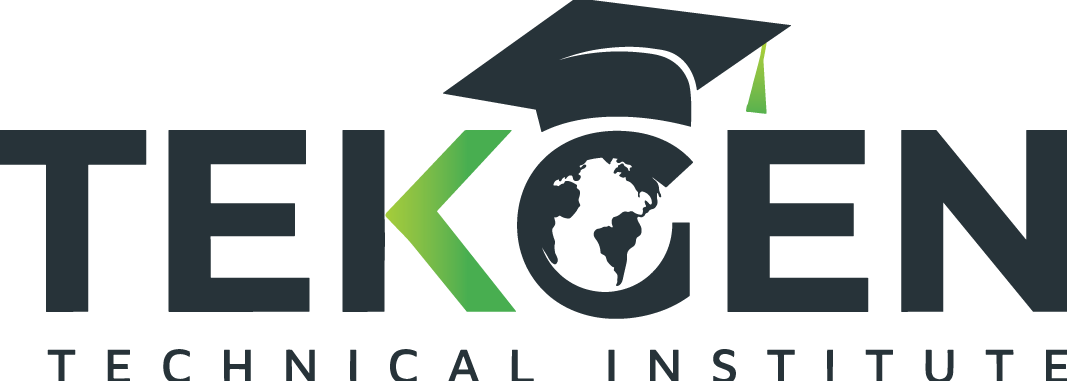Manual Handling in Small Businesses – Challenges and Solutions
Introduction
When we think of manual handling risks, we often picture large warehouses, factories, or hospitals. However, small businesses face just as many—if not more—challenges when it comes to safe manual handling. With limited budgets, smaller teams, and less access to specialized equipment, small businesses often struggle to implement effective workplace safety measures.
Manual handling injuries, including strains, sprains, and musculoskeletal disorders, can significantly impact business operations, employee wellbeing, and overall productivity. This blog explores the unique challenges small businesses face in manual handling safety and practical solutions to help mitigate risks.
Challenges Small Businesses Face in Manual Handling
Limited Budget for Equipment
Unlike large corporations, small businesses may not be able to afford costly lifting aids such as forklifts, hoists, or conveyor systems.
As a result, employees often rely on manual lifting or improvised tools, increasing the likelihood of injury.
Lack of Formal Training
Safety training may be overlooked due to time or cost constraints.
Staff may be unaware of proper lifting techniques, posture, and load handling, raising the risk of musculoskeletal injuries.
Multi-Tasking Staff
In smaller setups, one employee often wears multiple hats, from stock handling to customer service.
This exposes workers to a wider range of hazards and increases the likelihood of fatigue-related accidents.
Limited Space
Small workshops, offices, or retail shops often lack ergonomic layouts, crowded work areas, and narrow aisles, making safe lifting and carrying more difficult.
Low Awareness of Legal Requirements
Some small business owners are unaware of their legal obligations under health and safety laws regarding manual handling.
Even minor injuries can lead to compensation claims, legal penalties, or regulatory inspections.
Practical Solutions for Small Businesses
Small businesses don’t need massive investments to improve manual handling safety. The following cost-effective strategies can make a significant difference:
✅ Affordable Equipment Options
Invest in trolleys, dollies, hand trucks, or adjustable shelving.
Use stacking aids or lifting straps to reduce strain during lifting.
Even small equipment improvements can dramatically reduce the risk of injury.
✅ Low-Cost Training
Utilize free online resources, webinars, or government safety guides.
Conduct group training sessions internally, focusing on correct lifting techniques, posture, and hazard awareness.
Encourage staff to practice safe lifting techniques regularly.
✅ Smart Task Planning
Encourage employees to ask for help with heavy loads.
Break down large or awkward loads into smaller, manageable portions.
Avoid rushing; allow adequate time for safe handling.
✅ Workspace Optimization
Keep walkways clear and well-lit.
Store items at waist height to reduce excessive bending or stretching.
Arrange materials and tools to minimize twisting, reaching, or overexertion.
✅ Regular Safety Talks
Conduct short “toolbox talks” at the start of shifts to reinforce safety habits.
Share real-life examples of injuries and safe practices to keep employees engaged.
Encourage employees to report hazards or near misses promptly.
Why Small Businesses Can’t Ignore Manual Handling Safety
High Impact of Injuries
Even a single serious injury can significantly affect operations and finances in a small business.
Costs include medical treatment, compensation claims, lost productivity, and potential downtime.
Legal Compliance
Health and safety laws apply to businesses of all sizes, and failure to comply can result in fines or legal action.
Employee Loyalty
Workers are more likely to stay with employers who prioritize their safety and wellbeing.
A safe workplace improves morale, engagement, and productivity.
Reputation
Businesses that demonstrate a commitment to employee safety gain respect from customers, clients, and partners.
Safety-conscious practices can be a competitive advantage, attracting skilled workers and retaining clients.
Conclusion
Manual handling safety is not just for large corporations; small businesses must take it seriously as well. By adopting cost-effective equipment, providing training, planning tasks smartly, and fostering a safety-first culture, even small companies can significantly reduce injuries, protect employees, and avoid costly accidents.
Remember: a proactive approach to manual handling safety is an investment—not only in employee wellbeing but also in the long-term success and resilience of your business.


